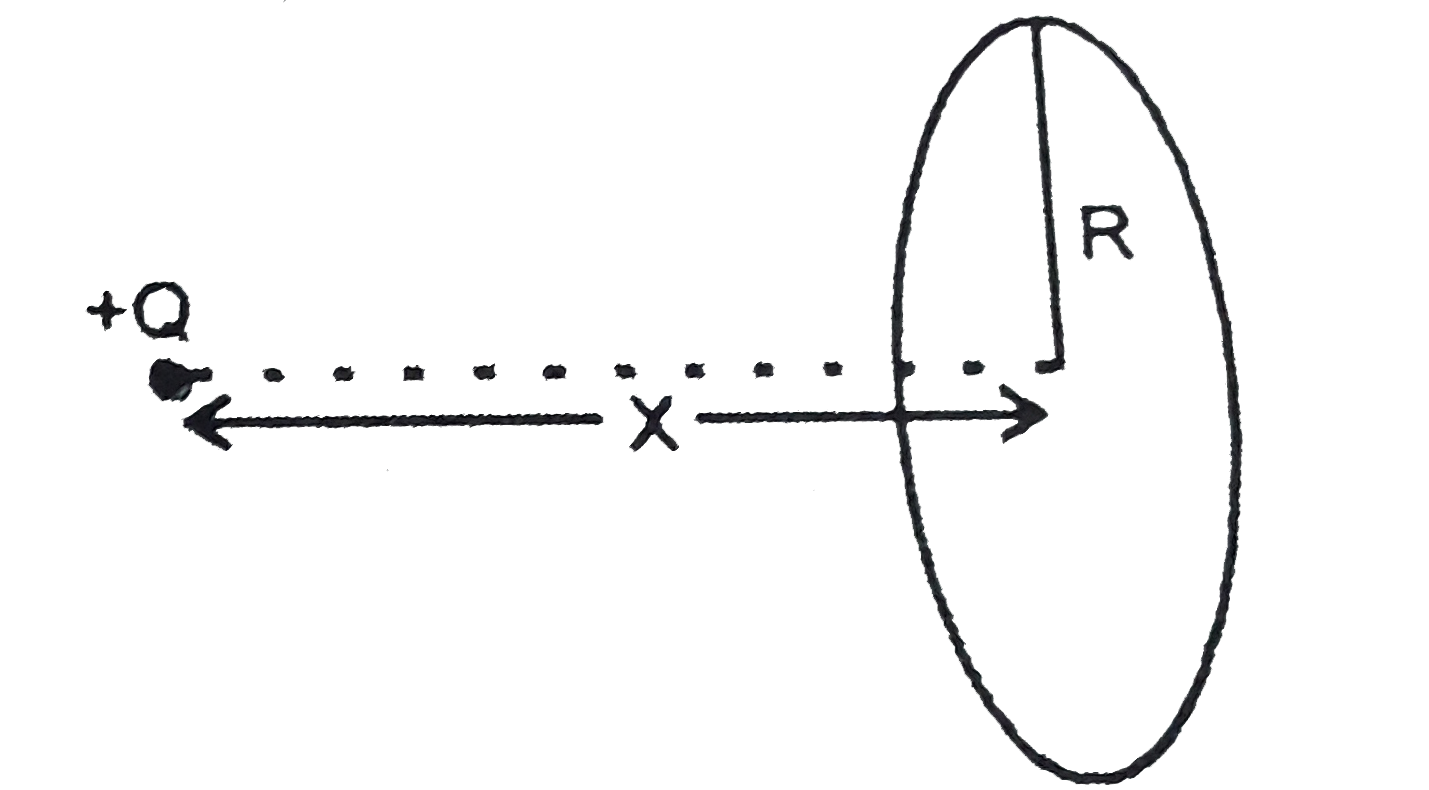Gauss Law Application|| Flux Due To Point Charge In Cube||Calculation OF Charge By Flux||Discussion-HW-5
Step by step video solution for Gauss Law Application|| Flux Due To Point Charge In Cube||Calculation OF Charge By Flux||Discussion-HW-5 by Physics experts to help you in doubts & scoring excellent marks in Class 12 exams.
Updated on:21/07/2023Similar Questions
Knowledge Check
Answer questions on the basis of your understanding of the following paragraph and the related studied concept.
Electric flux, in general , through any surface is defined as per relation:
ϕE=∫→E.→ds , where integration has to be performed over the entire surface through which flux is required. The surface under consideration may be a closed one or an open surface. When flux through a closed surface is required we use a small circular sign on the integration symbol. Thus flux over a closed surface ∮E=∮→E.→ds. it is customary to take the outward normal as positive in this case.
A German physicist Gauss established a fundamental law to find electric flux over a closed surface. As per Gauss' law , the flux of the net electric field through a closed surface equals the net charge enclosed by the surface divided by ∈0.Mathematically ∮→E.→ds=1∈0[qen] , where qcn is the net charge enclosed within the surface. It is possible to derive Gauss' law from Coulomb's laws. Gauss' law can be applied to obtain electric field at a point due to continuous charge distribution for a number of symmetric charge configurations.
What is the electrical flux through a cube of side 'a' if a point charge 'q' is placed at one of its vertices?Aq∈0B2q∈0Cq8∈0Dq∈0.6a2
Examples on Flux || Flux Due to a Point Charge || Gauss's Theorem || Application OF Gauss's Theorem
View SolutionPYQs On Gauss's Law|Electric Flux|Gauss's Law General Form|Electric Flux For Point Charge|PYQs On Electric Flux|Electric Field Due To Infinite Long Wire|Electric Field Due To Infinite Long Sheet |Electric Dipole|Electric Dipole In Uniform Electric Field
View SolutionApplication OF Gauss Law||Electric Field Due to Solid Sphere|| Electric Field Due to Solid Cylinder||Electric Potential Energy Concept||Discussion-HW 6 and 7
View SolutionGauss Law, Application of Gauss law to find Electric field due to a point charge, an infinitely long rod and infinitely large plane
View SolutionWhich of the following statements is/are correct?
a. Electric field calculated by Gauss law is the field due to only those charges which are enclosed inside the Gaussian surface.
b. Gauss law is applicable only when there is a symmetrical distribution of charge.
c. Electric flux through a closed surface is equal to total flux due to all the charges enclosed within that surface only.
View SolutionGauss's law is true only if force due to a charge varies as
View SolutionFind the electric flux due to a point charge 'Q' through the circular region of radius R if the charge is placed on the axis of ring at a distance x.

View Solution
